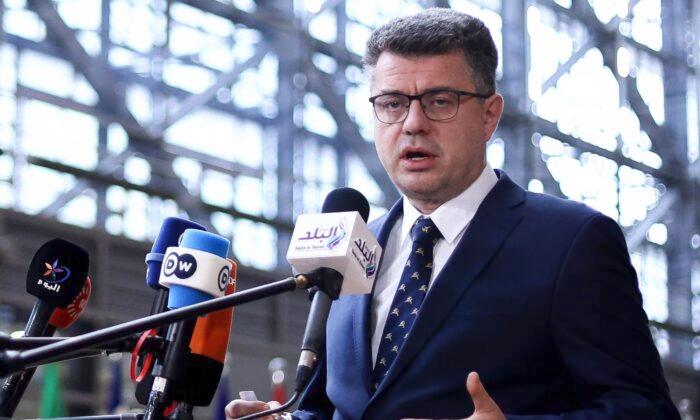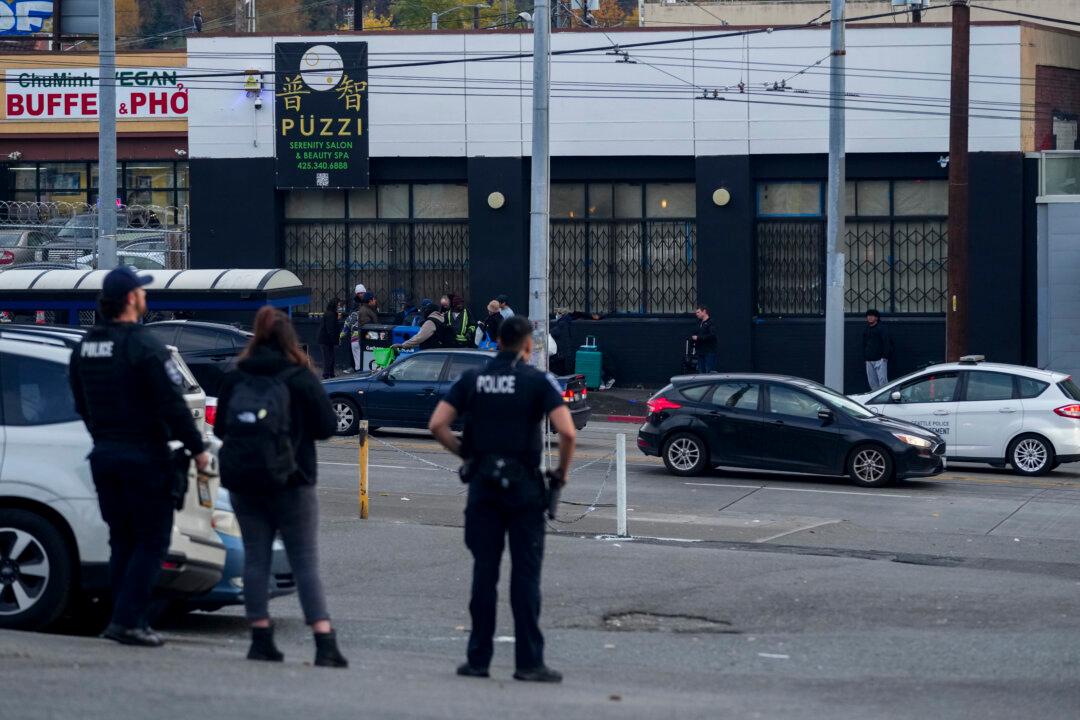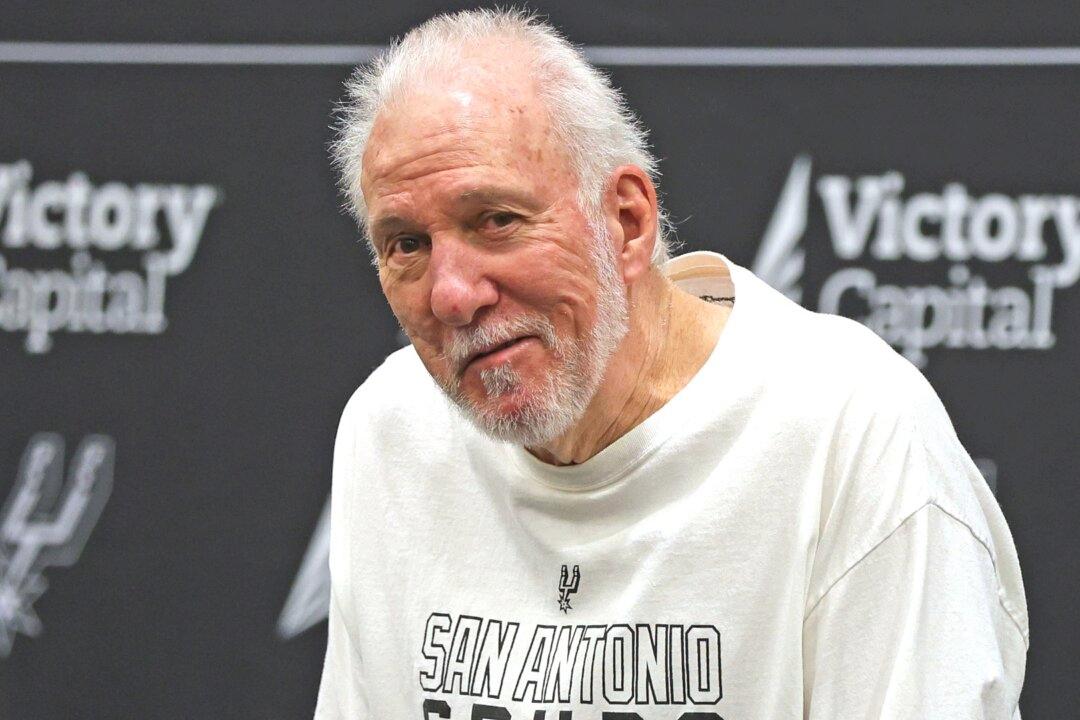Estonia has called on all NATO allies to increase defense spending in a bid to strengthen collective support for Ukraine as the conflict recently passed its one-year mark.
“The Western camp has supported weapons aid, given around 50 billion euros [about $53 billion] approximately, and this is far from being satisfying,” he added. “If we want to invest in Ukrainian victory, not only to invest to Ukraine, that they can survive and not lose, we have to change the paradigm of our support.”
In the interview, Reinsalu asked all member states to follow Estonia’s target, noting that not only should allies contribute more to Ukraine, but they should also increase defense spending to the alliance itself, suggesting raising spending from 2 percent to 2.5 percent.
“We are making—before the Vilnius Summit—the call that all the NATO allies should contribute their fair share to defense, and the 2 percent is not enough … to raise the minimum of defense expenditure from GDP to 2.5 percent level,” Reinsalu said, adding that Estonia “passed the decision” to raise defense spending to 3 percent of GDP starting next year.

Estonia, though a small country, has been a vocal supporter of Ukraine since the start of Russia’s invasion and, as a share of its economic size, has “provided more military aid to Ukraine than any other country in the world,” Austin said at the meeting.
Spending Pledges
NATO allies agreed in 2014, after Russia annexed Ukraine’s Crimean Peninsula, to halt the spending cuts they had made after the Cold War and move toward spending 2 percent of GDP on their defense budgets by 2024. That pledge expires next year, and now, some NATO members are working toward a new target, despite some existing members not even supplying the necessary 2 percent of GDP to defense as stipulated.NATO leaders are expected to map out the way ahead when they meet for their next summit at the Heads of State Summit in Vilnius, Lithuania, in July, although it is unclear what the new guideline will be because some member states say 2.5 percent of GDP is unrealistic.
The United States, meanwhile, spends more on its defense budget than all the other allies combined, putting 3.47 percent of GDP into its military coffers, according to NATO estimates for last year.





